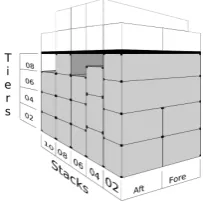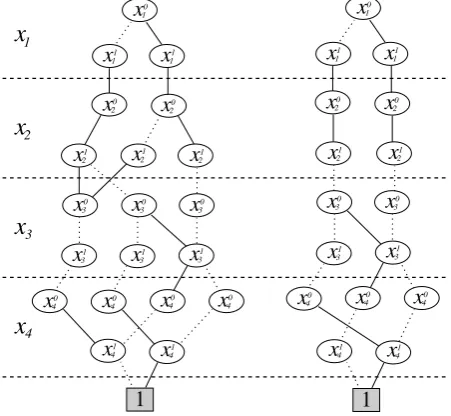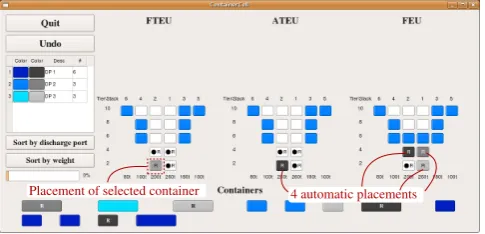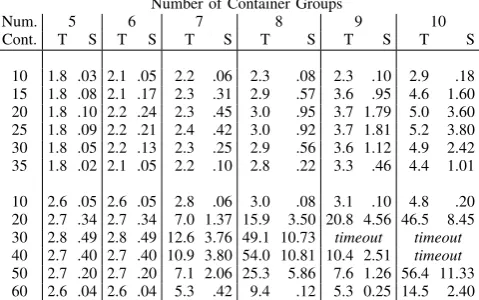Fast Interactive Decision Support for Modifying Stowage Plans Using Binary Decision Diagrams
Full text
Figure




Related documents
f FPC005 Estate and Succession Planning f FPC009 Complex Financial Planning Approved for exemptions for CFP 2 – 4 with a 12 subject Masters that includes FPEC study and: f
Only if firms engage in R&D largely (beyond 8.2% R&D intensity) they are perceived as risky investment opportunities by the rating agency, so that such firms are evaluated
These tools are also considerably faster than using SAP Query or standard SAP transactions for a summarized display of single records, especially when you want to display
In Figures 6.6a1 and 6.6a2, we see that our adaptive matrix structures AT Matrix GD and AT Matrix LD outperform all other approaches, followed by the static CSR performance
This chapter discusses parallel communication models and their application to MPI collec- tive algorithms. Section 4.1 provides descriptions of different algorithms for MPI
We first analyze qualitative robustness [in Hampel's (1971) senseJ of these statistics when the initial estimators {T n } (whose distributions we want to approximate
This study shows that nurse in cancer care experience certain aspects of cancer such as psychosocial issues, nutrition, nausea and vomiting and fatigue as problems in their
To that end, we recommend using a linear predictor of your choice (e.g. a linear SVM) and select variables in two alternate ways: (1) with a variable ranking method using a
